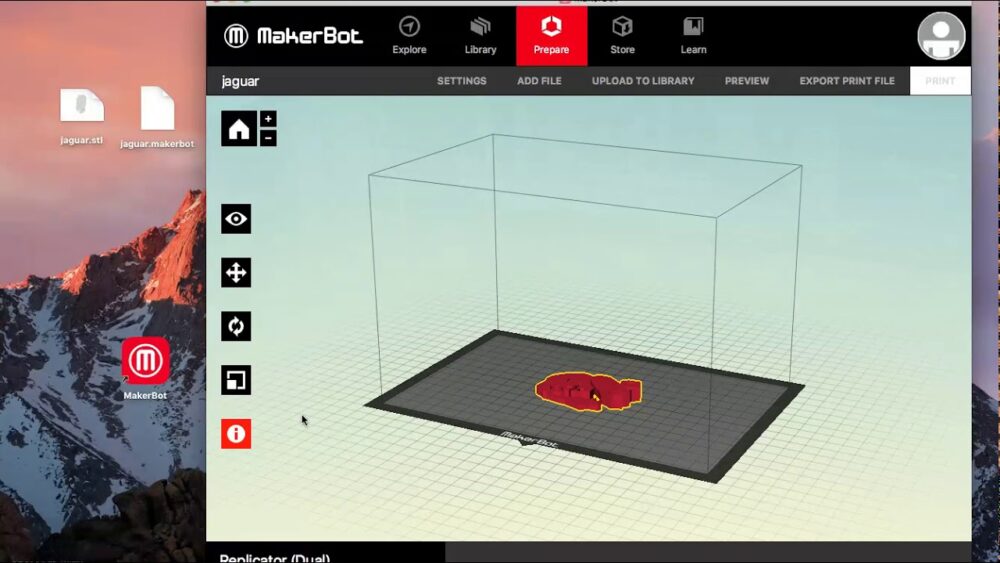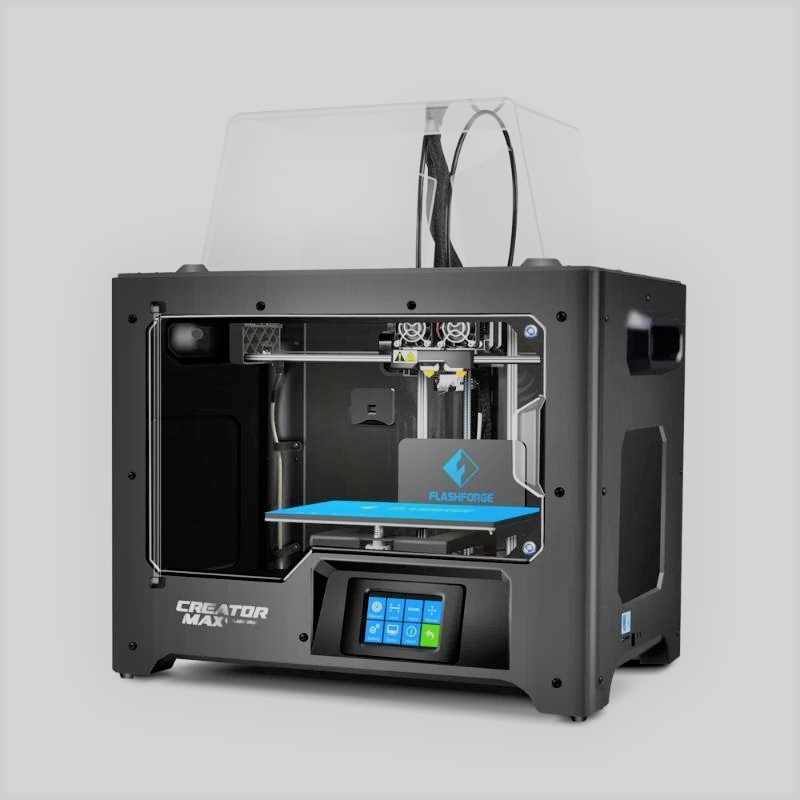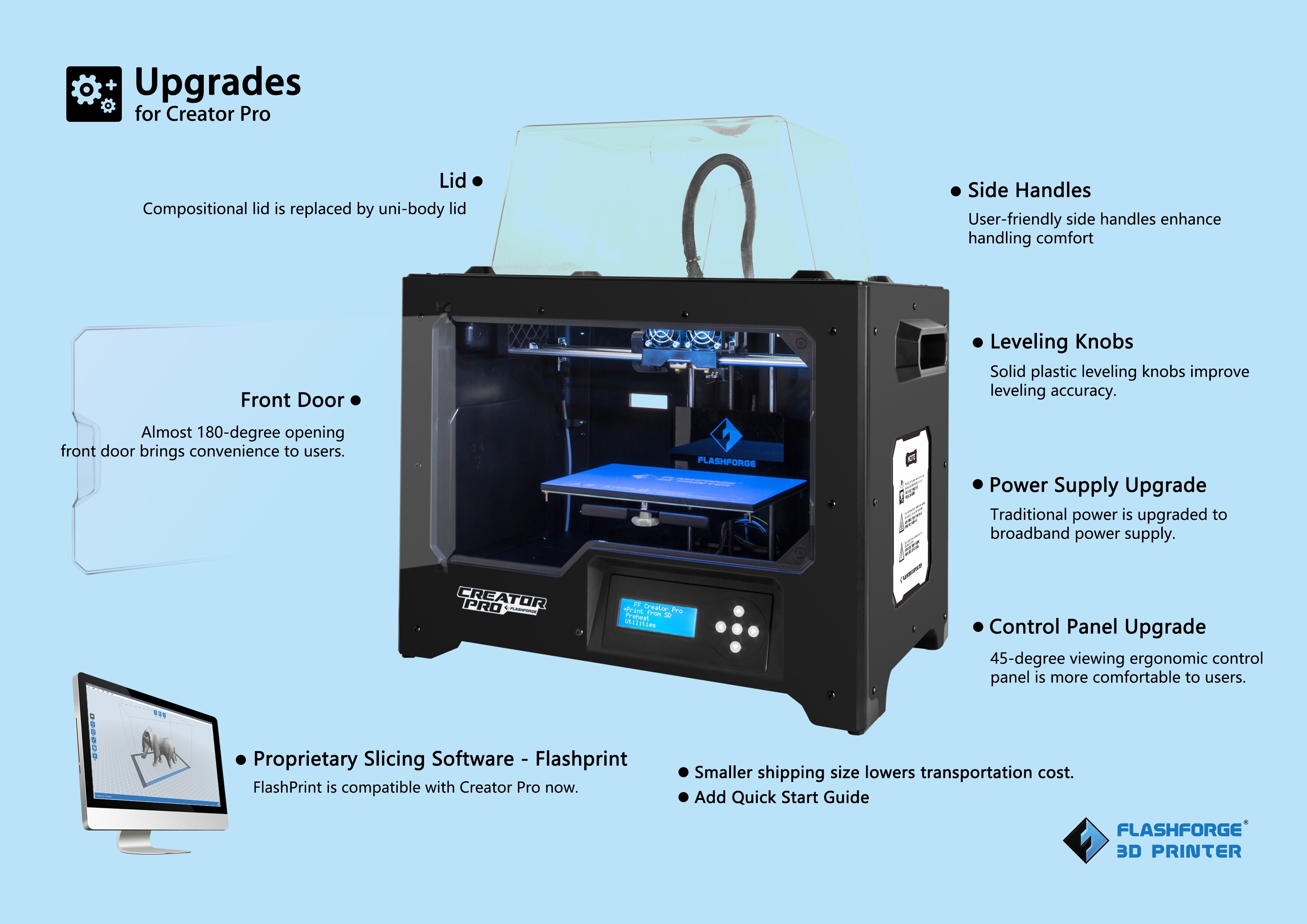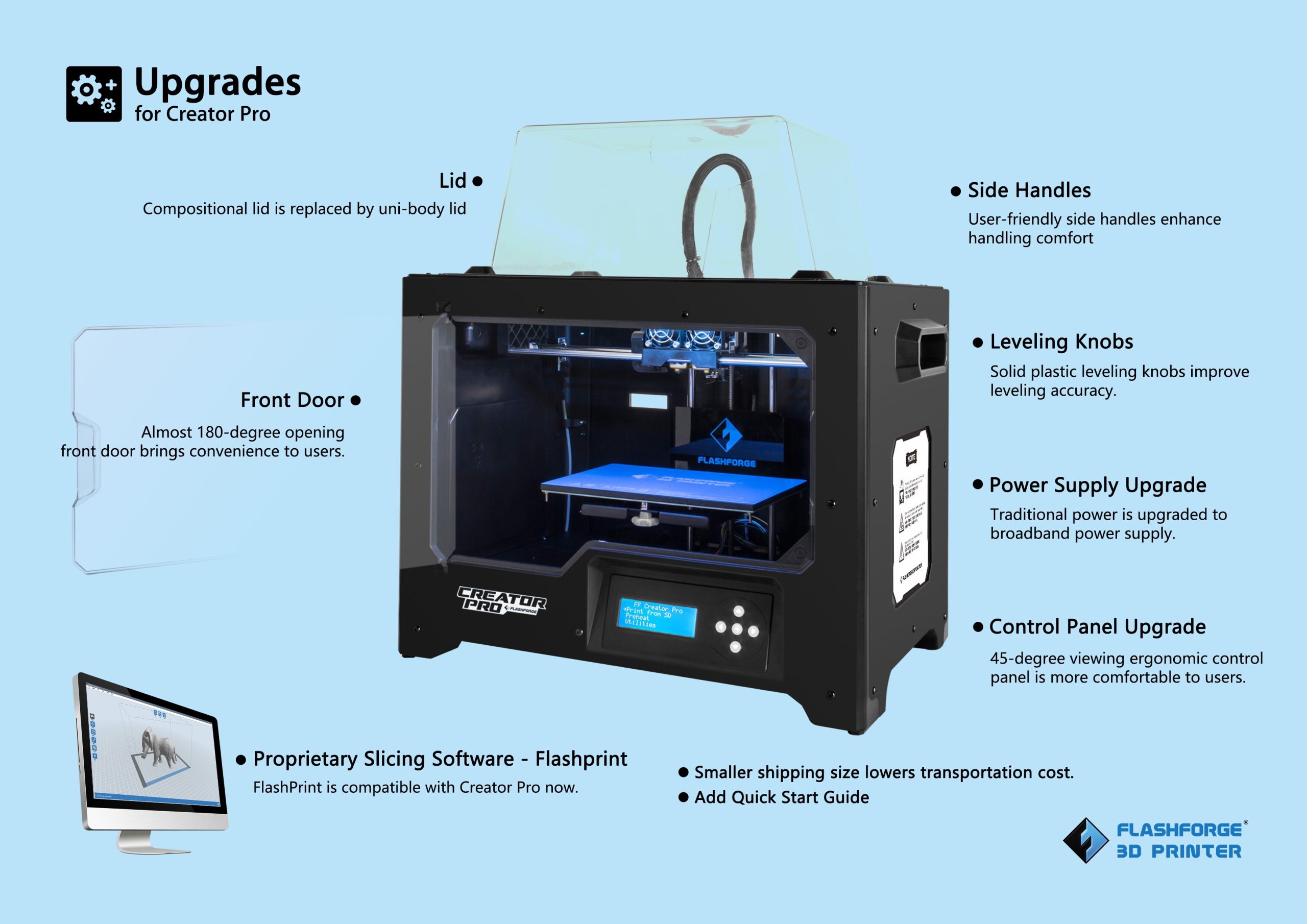At the forefront of innovation lies Flashforge software, a powerful tool designed to streamline the 3D printing process. Dive into this comprehensive guide to uncover the ins and outs of this cutting-edge software.
From its key features to troubleshooting tips, this exploration of Flashforge software promises to equip you with the knowledge needed to maximize your 3D printing endeavors.
Introduction to Flashforge Software
Flashforge software is a powerful tool designed to streamline the 3D printing process, providing users with a comprehensive suite of features to enhance their printing experience.
Key Features of Flashforge Software
- Intuitive user interface for easy navigation and operation.
- Advanced slicing capabilities to optimize print quality and speed.
- Compatibility with a wide range of file formats for flexibility in design.
- Remote monitoring and control of 3D printers for convenience.
- Customizable settings to fine-tune printing parameters according to specific needs.
Importance of Flashforge Software in 3D Printing
Flashforge software plays a crucial role in the 3D printing ecosystem by providing users with the tools they need to create high-quality prints efficiently. With its advanced features and user-friendly interface, Flashforge software enables users to unleash their creativity and bring their designs to life with precision and accuracy. By optimizing the printing process and offering customization options, Flashforge software empowers users to achieve the best results in their 3D printing projects.
Compatibility and System Requirements: Flashforge Software

When it comes to Flashforge software, it is essential to understand its compatibility with different operating systems, as well as the system requirements needed for installation and optimal performance.
Operating System Compatibility
- Flashforge software is compatible with Windows operating systems, including Windows 7, 8, and 10.
- It is also compatible with macOS, specifically versions 10.7 and above.
- For Linux users, Flashforge software is compatible with various distributions, such as Ubuntu, Fedora, and CentOS.
System Requirements
- Processor: Intel Core i3 or higher
- RAM: 4GB or more
- Storage: 1GB of available space
It is recommended to have a dedicated graphics card for smoother operation and rendering.
User Interface and Navigation
The user interface of Flashforge software is designed to be user-friendly and intuitive, allowing users to easily navigate through its various features and functions.
User Interface Overview
The main dashboard of Flashforge software typically consists of a centralized workspace where users can access tools for importing, editing, and slicing 3D models. The interface is clean and organized, with menu options, toolbars, and panels placed strategically for easy access.
Navigation Guide
1. Importing Models: To import a 3D model, simply click on the “Import” button located in the toolbar. Choose the file you want to import and adjust any settings as needed.
2. Editing Tools: The editing tools are usually located on the side panel or toolbar. You can rotate, scale, or make any modifications to the 3D model using these tools.
3. Slicing: When you’re ready to slice the model for printing, locate the “Slice” option in the menu and adjust settings such as layer height and infill density.
4. Preview: After slicing, you can preview the sliced model to ensure it looks correct before sending it to the 3D printer.
5. Printing: Once you’re satisfied with the preview, you can initiate the printing process by selecting the “Print” option and choosing the appropriate settings for your 3D printer.
Standout Features
– Real-time Preview: Flashforge software offers a real-time preview of the slicing process, allowing users to visualize the model’s layers and make adjustments as needed.
– Customizable Interface: Users can often customize the interface layout to suit their preferences, rearranging panels and toolbars for a personalized workflow.
– Advanced Editing Tools: Some versions of Flashforge software may include advanced editing tools such as mesh repair, hollowing, and support generation for more intricate 3D printing projects.
File Management and Organization

Efficient file management and organization are essential in any software, including Flashforge. In this section, we will discuss how Flashforge software handles design files, the supported file formats, and tips for effective file management within the software.
File Handling in Flashforge Software
- Flashforge software allows users to easily import, export, and save design files for 3D printing projects.
- Users can organize their files into folders within the software to keep track of different projects and designs.
- The software also provides options for renaming, copying, and deleting files to maintain a well-organized workspace.
Supported File Formats
- Flashforge software supports commonly used file formats such as STL, OBJ, and AMF for importing and exporting 3D models.
- These file formats ensure compatibility with a wide range of design software and 3D printers, making it easier to work on projects across different platforms.
Tips for Efficient File Management
- Organize files into separate folders based on project type, client, or design category to streamline workflow and access files quickly.
- Regularly back up your design files to prevent data loss and ensure that you have multiple copies of your work stored securely.
- Use descriptive file names and folder structures to easily identify and locate specific files when working on multiple projects simultaneously.
- Consider creating a file naming convention or using tags to categorize files and make searching for specific designs more efficient.
Slicing and Printing Settings
When it comes to slicing and printing settings in Flashforge software, users have a range of capabilities at their disposal to customize their 3D printing projects. These settings are crucial for achieving the desired print quality, speed, and material usage efficiency.
Slicing Capabilities
Flashforge software offers advanced slicing features that allow users to adjust parameters such as layer height, infill density, print speed, and support structures. These settings enable users to fine-tune the printing process according to their specific requirements and preferences.
- Adjustable layer height for optimizing print resolution and speed.
- Customizable infill density to balance print strength and material usage.
- Variable print speed to control the printing time and quality.
- Support structure settings to ensure stability for complex designs.
Printing Settings
Users can also access various printing settings in Flashforge software to further enhance their 3D printing experience. These settings include options for print quality, temperature control, and bed adhesion methods.
- Print quality settings for adjusting the overall finish and detail of the print.
- Temperature control settings to optimize material flow and adhesion during printing.
- Bed adhesion methods like rafts, brims, or skirts to improve print bed adhesion.
Optimizing Settings for Projects
Optimizing slicing and printing settings is essential for different types of projects. For example, high-resolution prints may require finer layer heights and slower print speeds, while functional prototypes may benefit from higher infill densities and stronger support structures. Experimenting with these settings and analyzing the results can help users achieve the best possible outcomes for their specific projects.
Troubleshooting and Support

When using Flashforge software, users may encounter various issues that can affect their printing process. It is essential to understand common problems and know where to find support to resolve them effectively.
Common Issues
- Printing errors such as failed prints, incomplete layers, or misaligned prints.
- Connection problems between the software and the 3D printer.
- Issues with file compatibility or corrupted design files.
- Calibration problems leading to poor print quality.
Troubleshooting Resources, Flashforge software
Flashforge software provides built-in troubleshooting resources to help users diagnose and resolve issues efficiently. These resources include:
- Interactive error messages and prompts to guide users through problem-solving steps.
- Online knowledge base with FAQs, troubleshooting guides, and video tutorials.
- Community forums where users can seek advice from experienced users and technical support staff.
Seeking Support
When users encounter technical problems that cannot be resolved using the available resources, they can seek additional support from Flashforge. Here are the steps to seek support:
- Contacting customer support via email or phone for personalized assistance.
- Submitting a support ticket through the official website to receive a detailed response from the technical team.
- Attending webinars or virtual workshops organized by Flashforge to learn about troubleshooting techniques and best practices.
Conclusion
In conclusion, Flashforge software stands as a cornerstone in the realm of 3D printing, offering a seamless user experience coupled with robust features. Embrace the possibilities that this software presents and elevate your creations to new heights.

